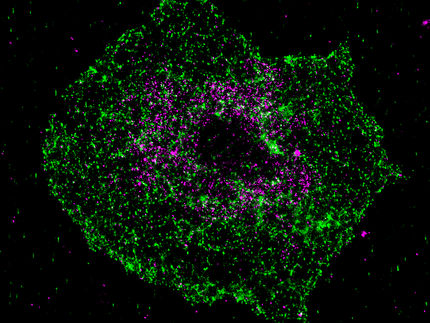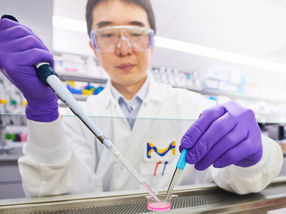Genentech invests in BioInvent to develop cardiovascular antibodies
Advertisement
BioInvent has entered a strategic partnership with Genentech. Genentech has invested in BioInvent's proprietary antibody for the potential treatment of cardiovascular diseases, and will help co-develop and commercialise the product.
BioInvent's proprietary antibody candidate, BI-204, is being developed for the potential treatment of multiple cardiovascular conditions. Genentech will make an upfront payment of $15 million to BioInvent and, in addition, BioInvent could receive further milestone payments of up to $175 million as well as royalties on sales in North America.
BI-204, which is in pre-clinical development, addresses a medical need, in particular for the prevention of a cardiovascular event such as a myocardial infarction or stroke in patients at risk. Pre-clinical studies suggest that this treatment could reduce atherosclerotic plaque burden, thus decreasing the risk of a secondary cardiovascular event.
Other news from the department business & finance
Most read news
More news from our other portals
See the theme worlds for related content
Topic world Antibodies
Antibodies are specialized molecules of our immune system that can specifically recognize and neutralize pathogens or foreign substances. Antibody research in biotech and pharma has recognized this natural defense potential and is working intensively to make it therapeutically useful. From monoclonal antibodies used against cancer or autoimmune diseases to antibody-drug conjugates that specifically transport drugs to disease cells - the possibilities are enormous

Topic world Antibodies
Antibodies are specialized molecules of our immune system that can specifically recognize and neutralize pathogens or foreign substances. Antibody research in biotech and pharma has recognized this natural defense potential and is working intensively to make it therapeutically useful. From monoclonal antibodies used against cancer or autoimmune diseases to antibody-drug conjugates that specifically transport drugs to disease cells - the possibilities are enormous






















































